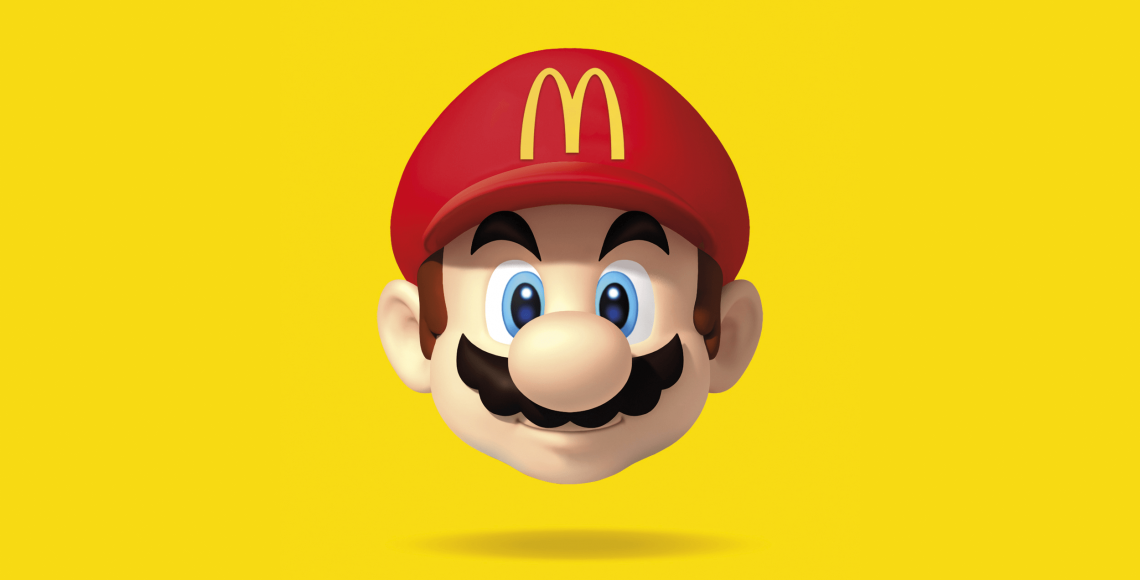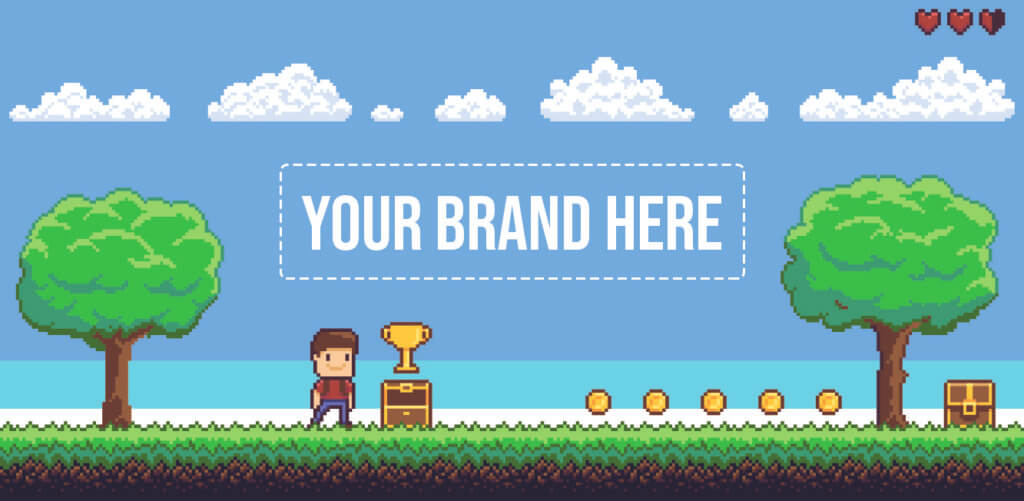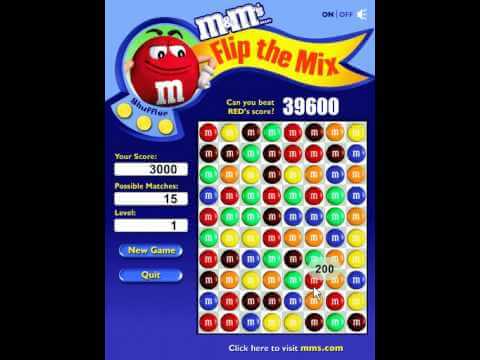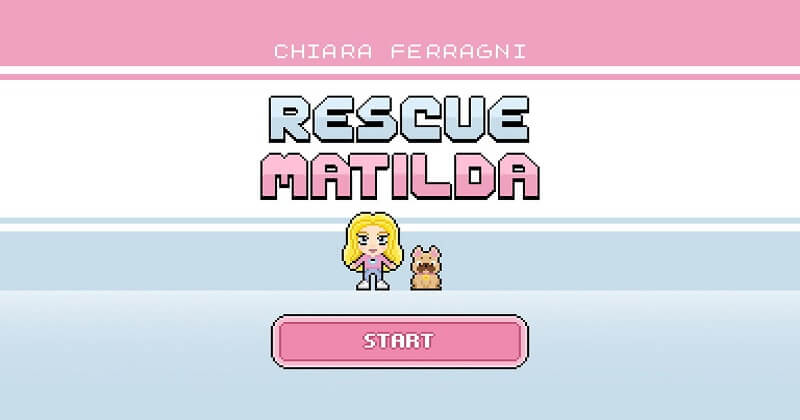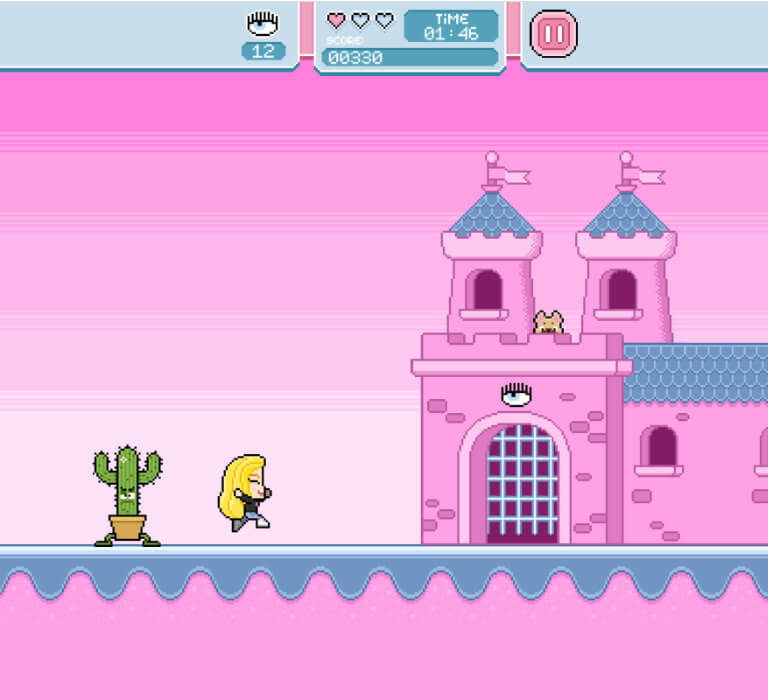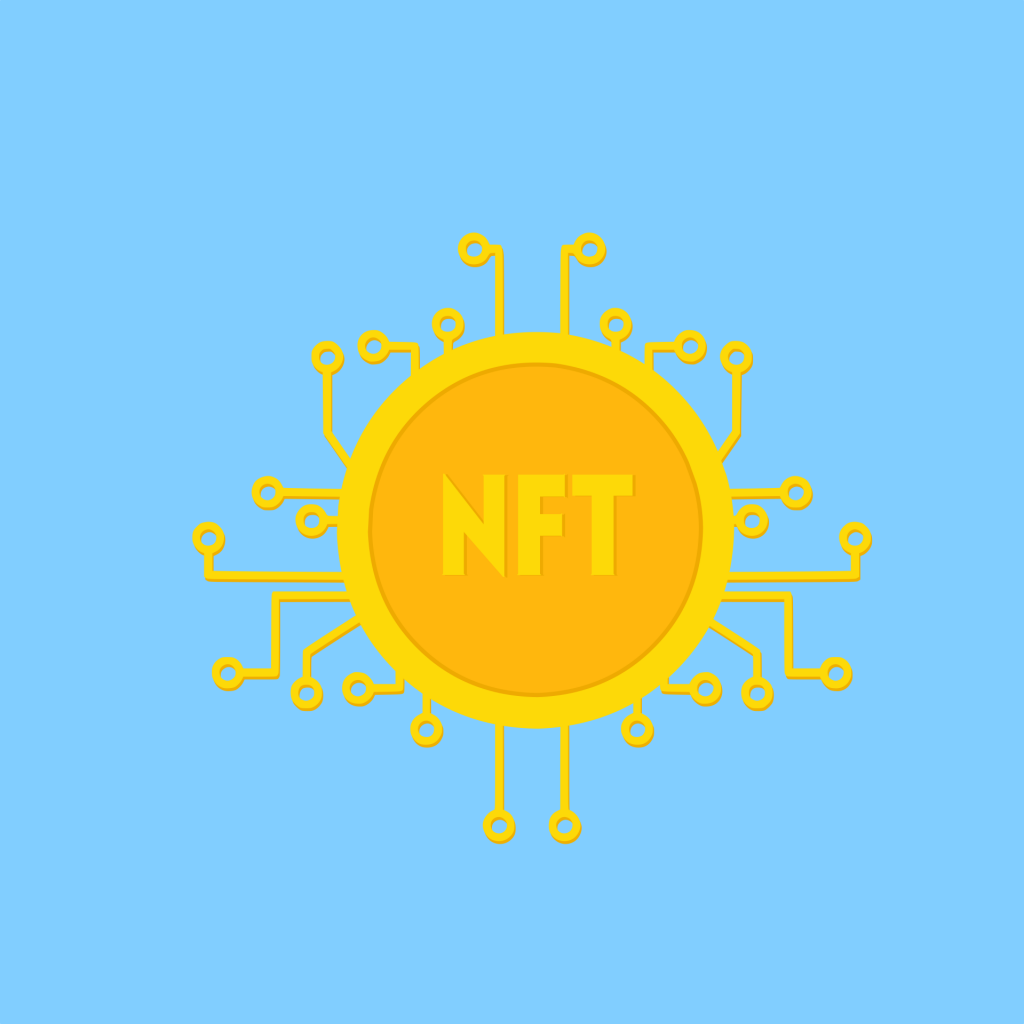Videogame and gambling: the evolution of the gamblification phenomenon
Gamblification has become an increasingly common buzzword in the world of video games, as game developers attempt to wow new players with elements of chance.
5 minutes – read
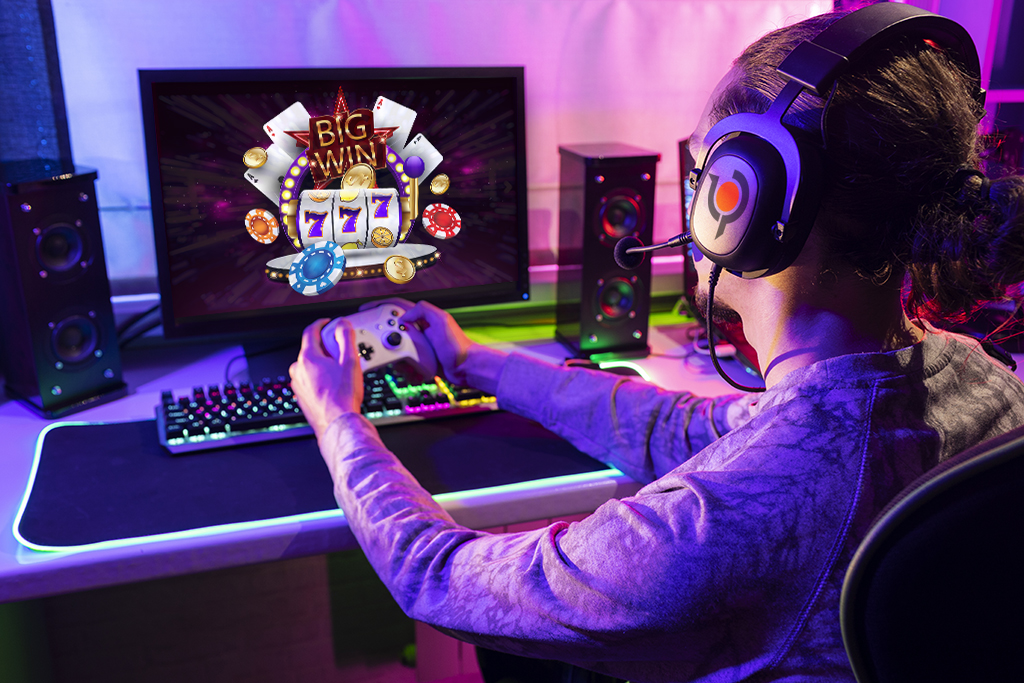
Some welcome these new features, while others are more hesitant. In this article, you’ll discover more about this concept and how it impacts iGaming digital marketing and the broader iGaming space.
What is gamblification?
Gamblification refers to incorporating elements into video games that resemble gambling. This can range from minor additions to games without a gambling focus to primary gaming mechanics.
Videogames might include more straightforward gambling in the form of mini-games, where players can engage in a game of cards or roulette in addition to the main gameplay. Another common example is a loot box. This is a package of in-game rewards that a player can buy, either for game currency, fiat currency or cryptocurrency like Bitcoin.
The player doesn’t know exactly what’s inside the loot box until it’s opened, making each one of them an exciting surprise. Some games, especially Japanese gacha games, focus entirely on the loot box mechanic.
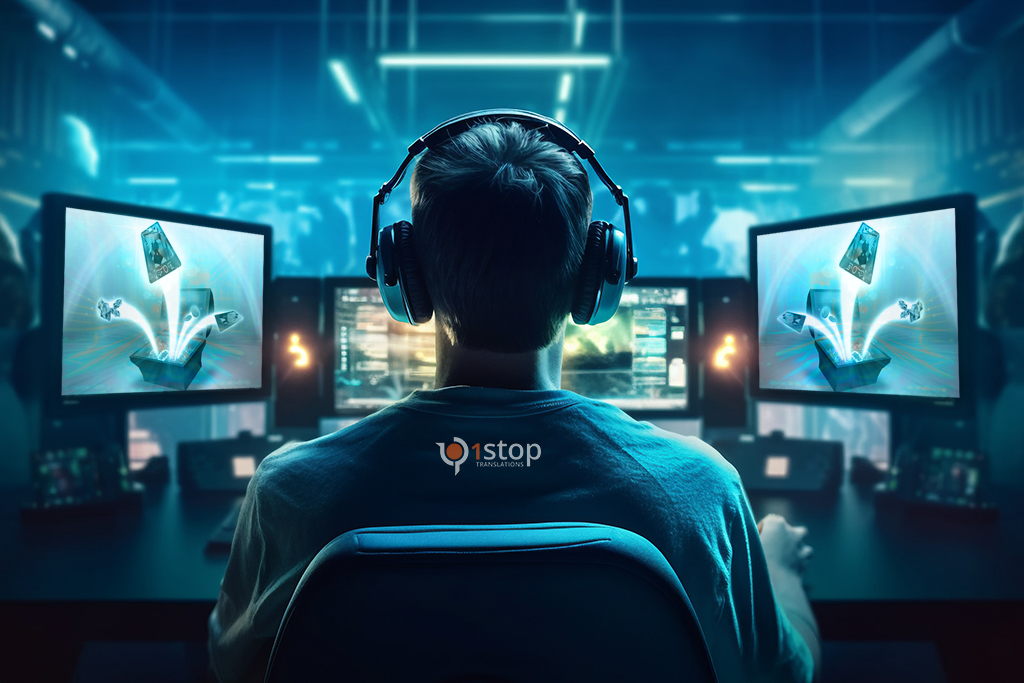
In the blockchain gaming space, gambling is an important feature — it lets developers incorporate blockchain trades into their games in a natural way. Players enjoying blockchain games can gamble for prizes such as:
- Loot boxes containing desirable items, such as new character skins, equipment, power-ups or in-game currency
- NFTs, unique digital codes for artwork or in-game items that can be saved or traded
- In-game currency to spend on upgrades, skins, power-ups and other in-game items
Gamblification for iGaming digital marketing
Gambling elements have important implications for iGaming digital marketing. Essentially, these elements bring together two different spheres of gaming: conventional videogames and iGaming, creating new possibilities for any iGaming marketing agency.
This can offer players an introduction to the fun of gambling through their favorite online games, for those who may then want to investigate other games and iGaming services. There’s also a strong social element around gaming, even in the context of single-player games. Fans love getting together online to talk about the games they’re playing, share tips and trade stories.

This creates a golden opportunity for iGaming digital marketing, as players will want to know about all the latest games and offers and share them with their friends. Offering free gifts, like in-game currency or loot boxes, in exchange for posts and shares can help to prompt user engagement. Of course, gaming forums, groups and pages are the perfect places to run online ads for iGaming services.
The impact of gambling elements
Gamblification brings a fun new dimension to gameplay. Like any form of gambling, however, gambling in video games is not without its risks. Any company providing iGaming content services needs to keep this in mind when rolling out new games or moving into new markets.
It can be harder to ensure that players are enjoying iGaming responsibly — something that’s vitally important for the iGaming industry as a whole. Since games are, by their nature, highly enjoyable and engaging, some players may struggle to rein in their spending on loot boxes and gambling mini-games. Careless implementation of gambling features might also mean that a game could fall foul of local gambling regulations.
Another area of concern is the possibility of underage players being enticed to gamble through video games. It’s very important that developers are aware of this and avoid adding gambling elements into games marketed to children, and for any iGaming marketing agency to ensure that products are only marketed to adults.

For games featuring gambling as a major mechanic, developers need to ensure that age gates are in place to deter children and teenagers from playing. Age verification via credit card data or other forms of online identification can prevent underage gambling and help compliance with gambling regulations.
Responsible game design should incorporate features to prevent compulsive behaviour and overspending. For example, the game might include a feature that lets players set a daily or weekly budget, so they’ll know when they’ve spent as much as they planned to and it’s time to take a break. Games often include free-to-play levels or activities, which allow users to enjoy the game without spending money.
For any iGaming product or iGaming content service, quality localisation is important. If players can’t fully understand in-game text and messages, it’s not just harder for them to enjoy their games — it’s also harder for them to make informed choices about what to play and how much to spend.
That’s where 1Stop Translations comes in. Our company provides high-quality iGaming translations and localisation services to the online gaming industry. Our fast, accurate iGaming translations make expanding into new markets easier and more profitable.
To find out more about how 1Stop Translations can make your products shine wherever they’re sold, contact us today.
Do you need help to get started or to further your existing link building strategy? Contact us for a free advice or request a video call with our experts.
Need a quote? Click here


